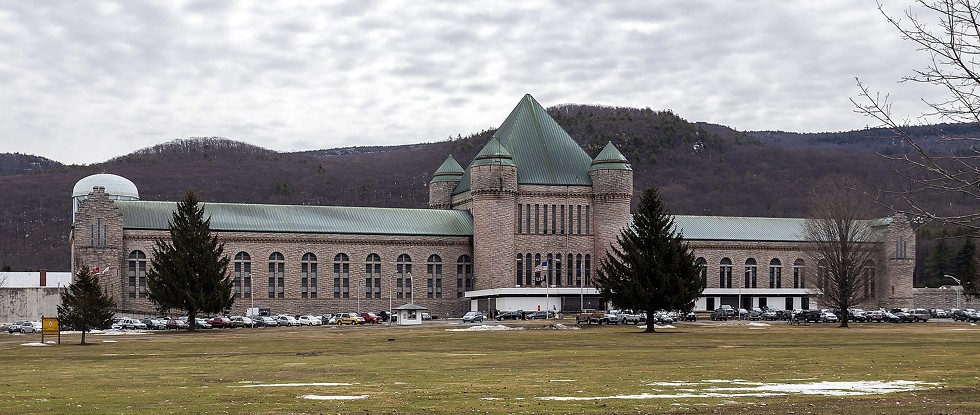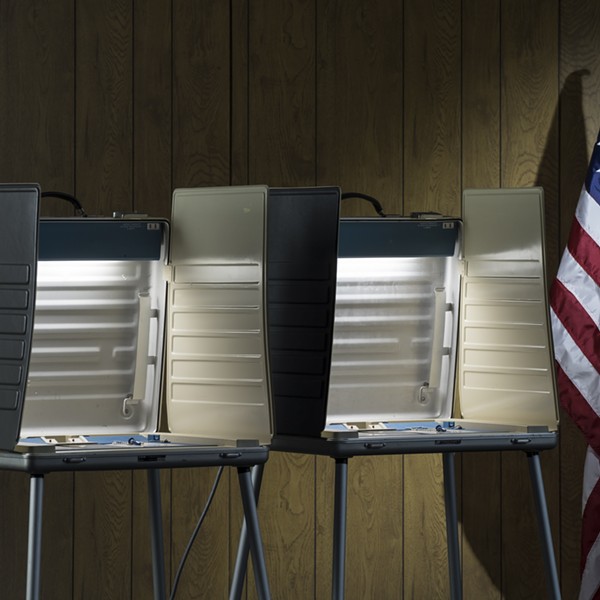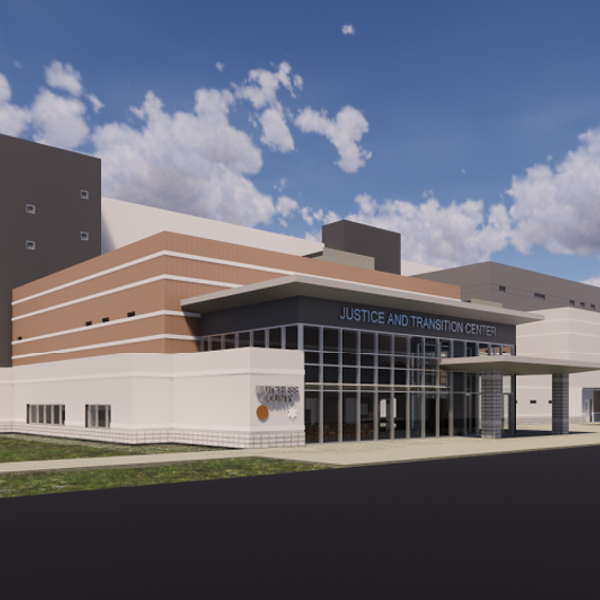New York State election reform advocates are smarting over the defeat of three ballot propositions last week, aimed at tweaking the state redistricting process and making it easier to vote. State Democratic leadership apparently expected them to sail to victory without any help, while the Republicans and the state Conservative Party spent millions on advertising and a “Just Say No” statewide tour in an effort to get them voted down.
The postmortems have been pretty savage. But lost amid the hand-wringing over what happened and why is the fact that Proposal 1, the longest and probably the most confusing of the ballot measures, aimed to enact a permanent fix to New York’s prison gerrymandering problem. Now, clearly, that’s off the table for a while.
The effort to change how prisoners are counted in New York goes back more than a decade. In 2010, the New York State Legislature required prisoners to be counted at their home addresses in the redistricting process, if they can be found. But at the time of the law’s passage, state legislators worried that the US Constitution might not allow the change at the federal level. The result was a confusing split system: New York’s prisoners are counted at their previous home addresses for the state legislature’s maps, and at their prison addresses for Congress. Because of the failure of Proposal 1, it’s likely to stay that way.
As in most states, the demographics of New York’s imprisoned population skew nonwhite and urban, while the communities in which New York’s prisons are located tend to be white and rural. Prisoners can’t vote while incarcerated, so the districts they are counted in gain their numbers, but they have no impact on the outcome of local elections. Counting incarcerated people as residents of prisons gives upstate legislative districts with large prisons a boost in political representation, mostly at the expense of downstate communities of color.
Concerns over the constitutionality of counting prisoners in their home districts has long since been resolved, with a Supreme Court case that upheld Maryland’s anti-prison-gerrymandering law in 2012. With that obstacle out of the way, Prop 1 would have brought New York’s Congressional redistricting process in line with the way maps are now drawn for the state legislature.
But now, with the ballot measure struck down, it seems likely that the discrepancy won’t be fixed in time for the once-a-decade redistricting process, making it likely that Congressional districts with large prison populations will get an edge in representation for the next 10 years.
“What has to happen now is that the legislature would need to add Congressional districts to the reallocation law that already allows this process for the Assembly and for the Senate,” says Jeff Wice, an adjunct professor at New York Law School. Wice has also long served as counsel to Democratic members of the Legislative Task Force on Demographic Research and Reapportionment (LATFOR), a state agency that once drew the political maps, and now gives advice and technical support to mapmakers at the Independent Redistricting Commission.
State legislators still have time to fix the issue before the next redistricting if they decide to do so, Wice says. But not much.
“These things need to happen on a very fast track,” Wice says. The clock is ticking: New York’s Independent Redistricting Commission must produce maps for the state legislature by January 1, 2022, with a grace period until January 15.
Dirty Data
Currently, most states count prisoners as residents of the places where they are incarcerated for political mapmaking, though the reform effort is gaining momentum. According to the Prison Policy Initiative, 13 states have a law on the books that deals with some aspect of prison gerrymandering.
Counting prisoners differently isn’t something state mapmakers can do with the flick of a switch. US Census data counts prisoners as residents of prisons. To be counted properly in New York, prisoners have to be matched with their last known address, and that address has to be assigned to a place on a map—a process known as “geocoding.”
Of the 42,492 people in state prisons during the 2020 Census count, 3,465 couldn’t be matched up with a previous address provided to LATFOR by the New York State Department of Corrections and Community Supervision (DOCCS). Federal prisons, which held 3,926 people in 2020, don’t supply New York State with addresses at all. State geographers at LATFOR do the best they can by subtracting all of New York’s incarcerated population from prison locations, and then re-adding as many as they can get good data for to their home addresses.
Data’s always dirty, and the process isn’t perfect. In a few places, discrepancies between US Census data and data from DOCCS have resulted in some weird results, like prison census tracts having a negative population. The most egregious example is the census tract containing Wyoming Correctional Facility in Attica, which according to the adjusted count for 2020 has a population of -938.
For an issue that’s not really on the radar of most voters, prisoner-counting has long been a hot partisan topic in the state legislature. After the 2002 redistricting, the boundaries of several state Senate districts were challenged in court by civil rights advocates, who claimed that mapmakers discriminated against downstate communities by counting prisoners where they were incarcerated.
Republican state legislators have fought fiercely against the effort to change the prisoner-counting system, and several representatives of prison-heavy districts sued unsuccessfully to keep the new law from going into effect. During the last redistricting, in 2012, the change shrank two Republican-held state Senate districts below the minimum legal size. Days after the new system went into effect, Senate Republicans released a memo calling to expand the number of districts to 63, a move that temporarily preserved their majority in the chamber.
The Future of Prison Gerrymandering in New York
In September, when both parties released the first draft maps for the upcoming redistricting process, there was another dustup between Republicans and Democrats in New York’s Independent Redistricting Commission about prisoner-counting: The zero-hour release of the adjusted data by LATFOR meant that mapmakers in both parties had only a single day to create draft district maps that counted prisoners at their home addresses, but only the Republican side managed to pull it off. Jack Martins, the Republican vice chair of the commission, blasted the Democrats at a LATFOR meeting for failing to count prisoners properly. “People should have the benefit of a properly prepared map—we all were working under severe time constraints,” he said.
If the legislature doesn’t manage to address prisoner counting in Congressional districts in time for the upcoming redistricting, it’s not a huge setback for the effort to end prison gerrymandering in New York, says Mike Wessler, a spokesperson for the Prison Policy Initiative. For one thing, there are fewer prison inmates now, so moving them makes less of an impact: In 2012, there were roughly 56,000 people incarcerated in New York State prisons run by DOCCS. But mainly it’s because Senate and Assembly districts are smaller, and thus much more heavily impacted by the shifting numbers than Congressional ones.
“The most significant impacts of prison gerrymandering are felt at the local and state levels, because those districts have significantly smaller populations than Congressional districts,” Wessler wrote in a statement. “Despite the failure of Proposal 1, New York will continue to address the most significant impacts of prison gerrymandering.”
The bigger issue is that Prop 1’s failure makes New York’s anti-gerrymandering law more vulnerable to political manipulation. Enshrining the principle that prisoners should be counted at home in the state constitution would have put it beyond easy reach of partisan squabbling. But what the legislature has given, the legislature can take away, Wessler says. “It is statutory now, rather than constitutional, so it is easier to change.”

















